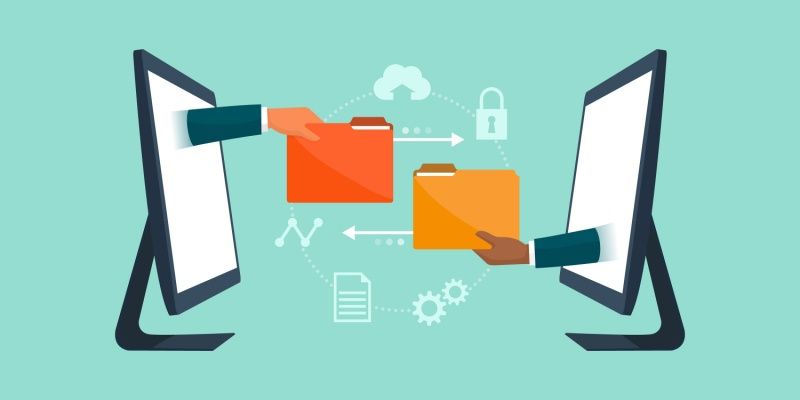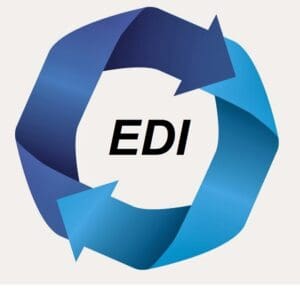08 Apr EDI & API: B2B’s New Power Couple
spiceworks article was released on April 1, 2024 As businesses blend strategies, EDI and APIs collaborate for seamless data exchange across industries. Traditionally, EDI is used to exchange standardized, structured business data between trading partners. Meanwhile, APIs provide an interface that allows different software applications to communicate and exchange data. However, the age-old...



